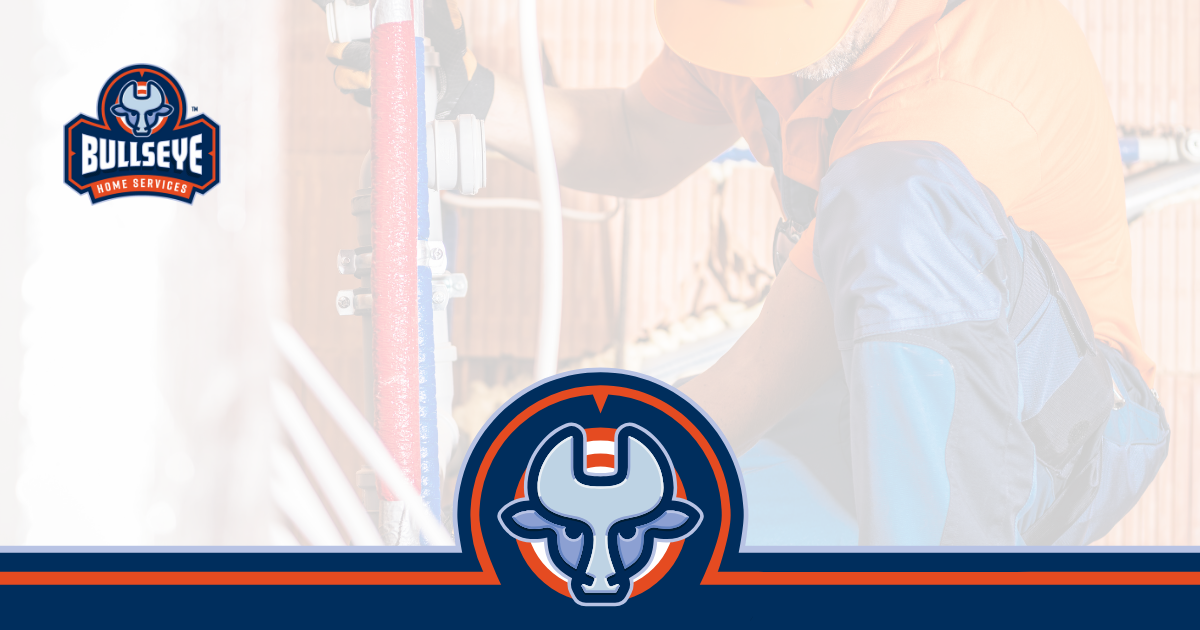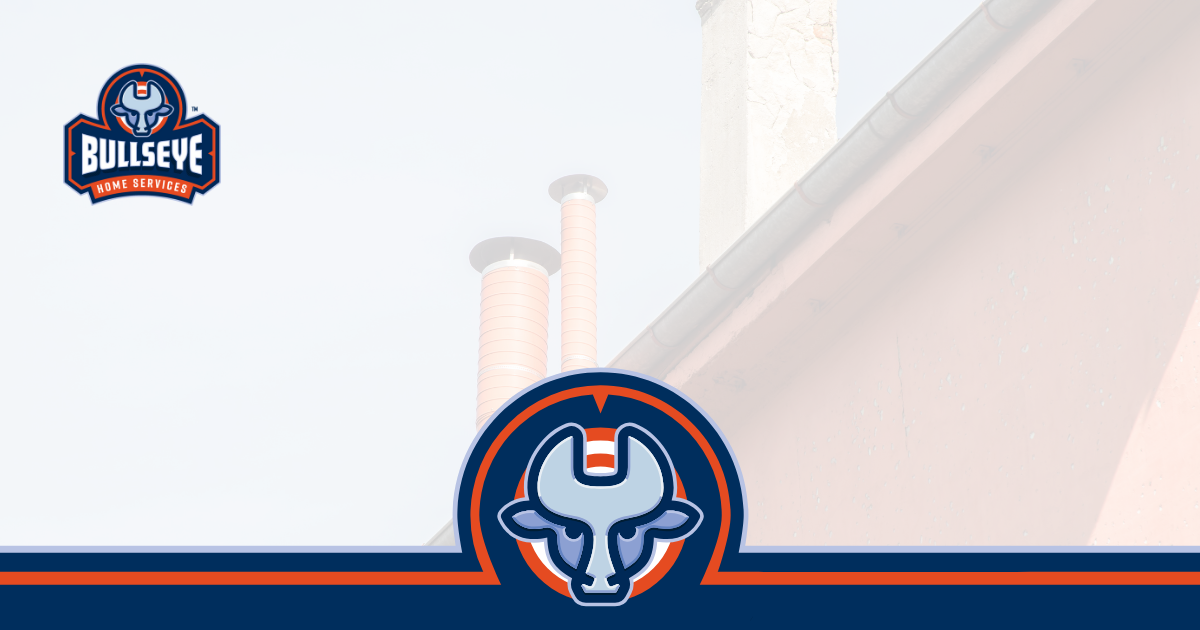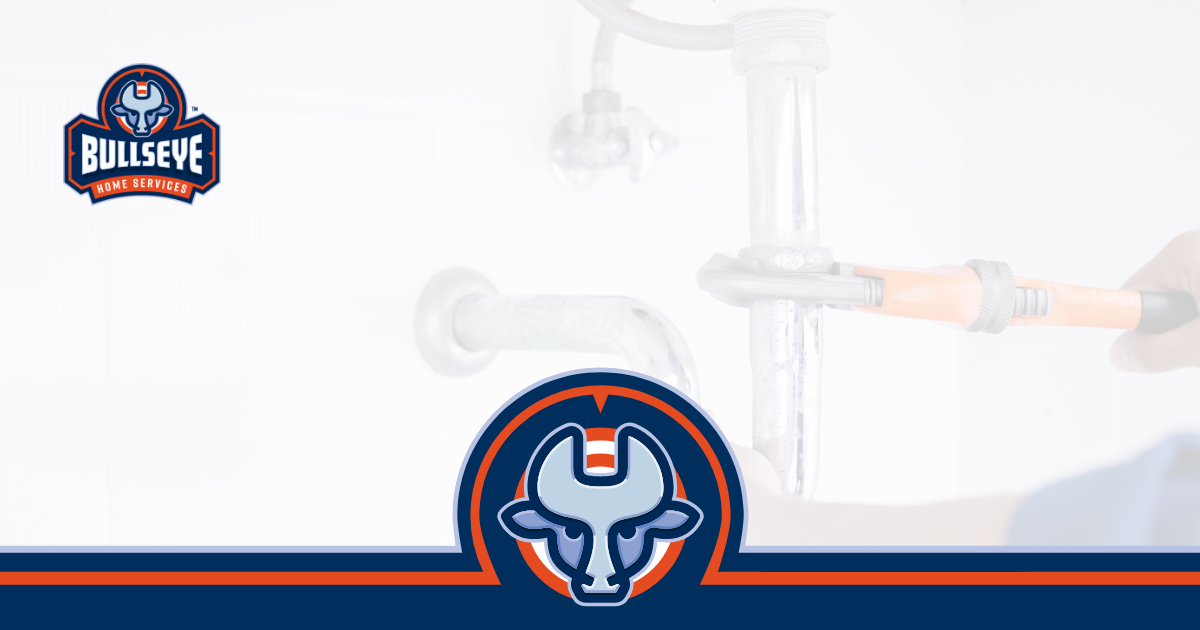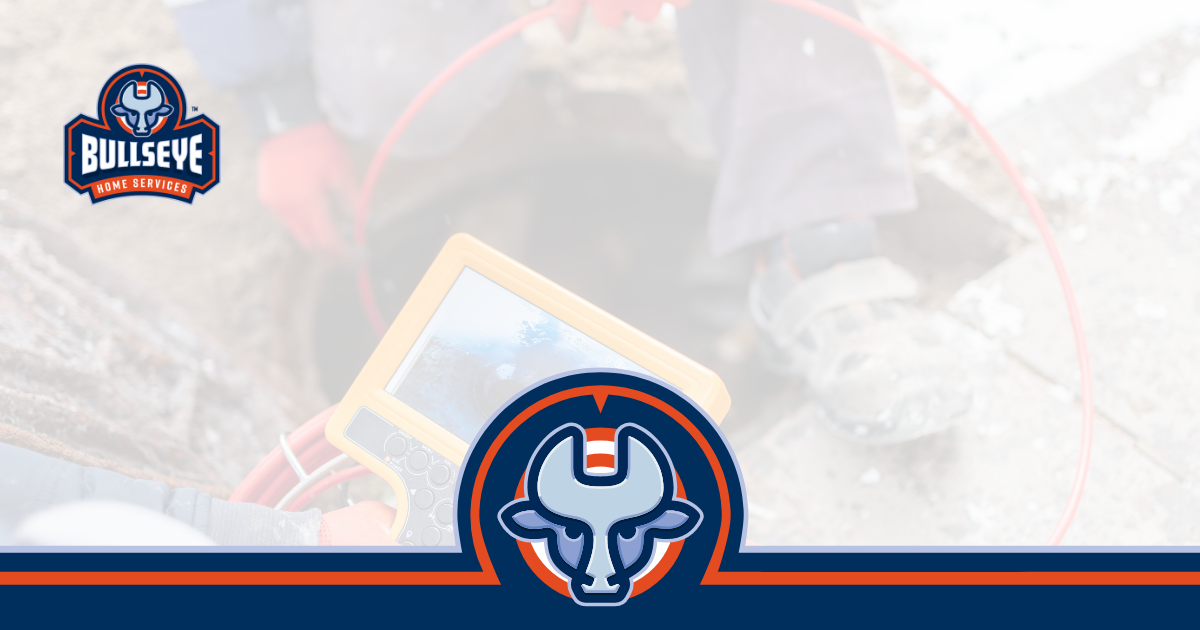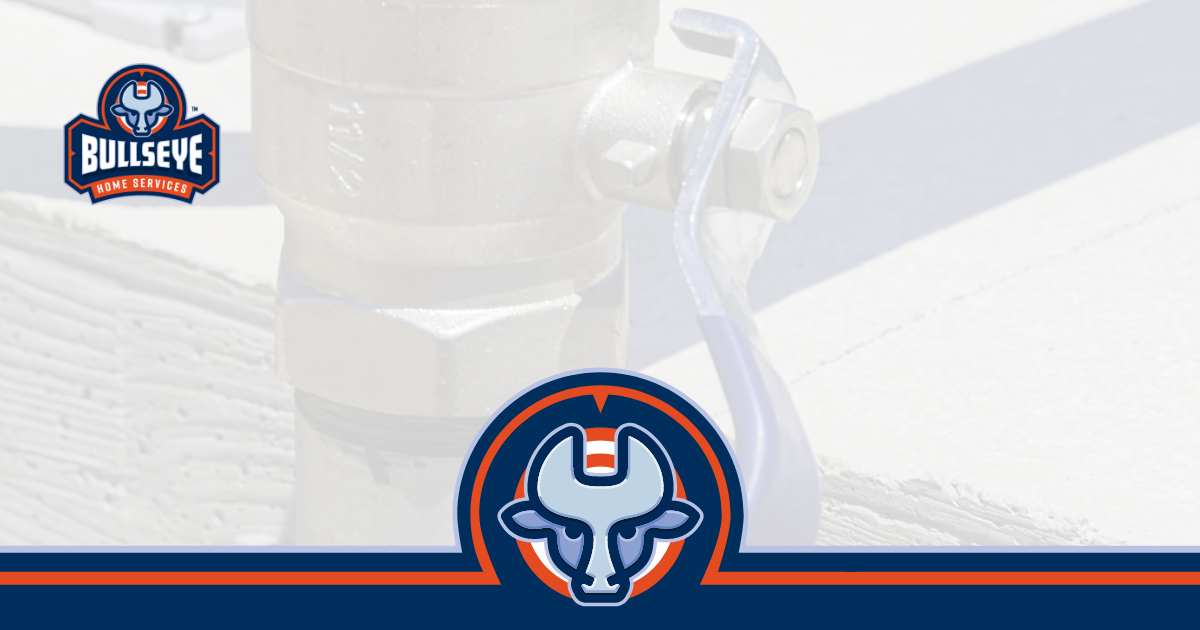Discovering the telltale signs of a clogged sewer line early can save homeowners from the headache of sewage backups and hefty repair bills.
A clogged sewer line is more than an inconvenience; it’s a threat to the hygiene, health, and comfort of your household.
Recognizing these key indicators could be your first step toward resolving potential issues before they escalate into expensive disasters.
Keep reading to learn about the critical signs that suggest your home’s sewer line might be clogged, and why it’s essential to address them promptly.
Sign #1: Multiple Drains Are Backing Up
When several drains in your home begin to exhibit problems simultaneously, it’s not just a minor inconvenience—it’s a glaring red flag signaling potential blockage in your sewer line.
This universal symptom stands out because, unlike a localized clog affecting a single sink or bathtub, it points to a deeper issue within your property’s plumbing infrastructure.
By pinpointing which drains are most susceptible to backups, homeowners can gain valuable insights into the scale and severity of the blockage.
Simultaneously, understanding the mechanics behind multiple drains clogging at once sheds light on the interconnected nature of residential plumbing systems and reinforces the urgency of addressing these concerns without delay.
Identifying Which Drains Are Most Affected
To uncover which drains are most impacted by a potential sewer line clog, start by observing the lowest points in your home’s plumbing system. Often, signs become apparent in fixtures like toilets, basement floor drains, or any plumbing fixture situated at or below ground level, as these are typically the first to experience issues when a blockage is present.
Next, pay attention to how water flows and drains in areas such as your kitchen, bathroom, or laundry room. Slow-draining sinks, showers that leave water pooling at your feet, or washing machines that take longer to empty indicate that the clog is not just affecting a single area but has a widespread influence on your home’s sewer system.
Sign #2: Drainage Appears in the Sewer Clean Out
A clear indicator of a sewer line blockage often reveals itself outside your home, in what’s known as a sewer cleanout.
This critical part of your property’s waste system allows for direct access to the sewer line, making it a prime spot for initial inspections when suspecting a clog.
Being familiar with the location and normal condition of your sewer cleanout can save you time and stress, allowing for rapid response when issues arise.
Observing unexpected drainage or overflow from this pipe is a telltale sign that a blockage is impeding your system’s ability to function properly, necessitating further examination and potentially urgent intervention.
Recognizing Signs of Overflow at the Cleanout
Spotting signs of overflow at the cleanout is a crucial step in identifying a clogged sewer line. If water or sewage is pooling around the cap, or if removing the cap leads to gushing water, this indicates a significant blockage in your sewer system. Such signs warrant immediate action, typically involving professional intervention, to prevent the situation from escalating into a more severe problem at home.
Another indicator of a potential sewer line issue is the presence of an unusual odor emanating from the sewer clean-out area. An unpleasant smell, suggestive of sewage or decay, signals that waste is not being properly channeled away from your property. This symptom of a clogged sewer line should prompt homeowners to seek an expert plumber’s assessment to diagnose and resolve the underlying cause efficiently.
Sign #3: Sewage Smell Permeating the House
An unmistakable sewage odor creeping through your home can be more than just unpleasant; it’s a loud siren alerting you to a potential blockage in your sewer line.
This noxious smell, often resulting from sewer gases escaping through drains, signifies a disruption in the normal wastewater removal process.
Tracing the source of these odors not only pinpoints the location of a clog but also flags an urgent health concern.
Prolonged exposure to these gases can have detrimental effects on your well-being, making it critical to address the issue promptly.
Recognizing and understanding the gravity of this sign is essential for maintaining both your home’s hygiene and your family’s health.
Sign #4: Gurgling Sounds Coming From Drains
Among the distinct indicators of a clogged sewer line, the emergence of gurgling sounds from your drains stands out significantly.
This auditory clue suggests that air trapped within your plumbing system is struggling to navigate past a blockage, resulting in these noticeable, bubbling noises.
Paying attention to which drains emit these sounds provides invaluable insight into the location and extent of the sewer line issue.
By examining these symptoms closely, homeowners can better understand the nature of these disruptions and take necessary actions to rectify the underlying problems.
Which Drains to Check for Unusual Sounds
To pinpoint the origin of gurgling sounds, closely monitor the drains within your house that are utilized most frequently. The kitchen sink, bathroom drains, and laundry room stand out as common culprits due to their heavy use and potential for accumulating diverse types of blockages from food particles, hair, and detergent residue.
Additionally, don’t overlook drains that are less frequently used, such as those in the basement or guest bathrooms. These locations can sometimes surprise homeowners by becoming the source of gurgling noises, especially if they become the path of least resistance for air trapped in the plumbing system trying to escape past a blockage.
Sign #5: Water Pooling in Unexpected Places
Discovering water pooling in areas where it shouldn’t can be a subtle yet alarming indicator that your sewer line may be obstructed.
This sign, often overlooked, can manifest in your yard, signaling serious underlying issues that require immediate attention.
Identifying External Signs of a Sewer Line Clog
Unusual water accumulation on your property often acts as a silent alarm for sewer line distress. If you notice patches of your lawn that are inexplicably soggy or areas of your driveway that seem to collect water without a recent rain shower, these could very well be external indicators of a sewer line blockage.
Heightened concern should be directed towards any observable shifts in soil consistency around your home, as these changes can suggest a deeper, unseen issue with sewer line integrity. Pooling water in these unexpected zones not only signifies a potential compromise of the sewer system but also flags the urgent need for diagnostic measures to pinpoint the exact source of the trouble. We recommend that you get a professional opinion. You can count on Bullseye Home Services for your sewer line needs.
Sign #6: Slow Draining Sinks and Bathtubs
Encountering slow-draining sinks and bathtubs can be a source of frustration, signaling that it’s time to examine your household’s plumbing health closer.
These symptoms, while common, can often hint at a more significant issue lurking beneath the surface: a clogged sewer line.
Distinguishing between a standard clog and one that affects the entire sewer system is vital, as the latter requires a more comprehensive approach for resolution.
Before reaching out to a professional, several steps can be undertaken by homeowners themselves to potentially alleviate the problem.
This part of our guide focuses on understanding these initial signs and the preliminary actions that should be considered to ensure your home’s plumbing system remains in optimal condition.
Steps to Take Before Calling a Professional
Before reaching out to a professional plumber, homeowners should attempt a few straightforward remedies to address slow-draining sinks and bathtubs. Initiating with a plunger might yield immediate results for less severe blockages, employing the tool to create pressure that can dislodge any obstructions close to the drain’s surface.
If plunging proves ineffective, another avenue is mixing hot water with dish soap and pouring it down the drain. The heat and soap can work together to break down grease or soap scum that might be slowing water flow. While these efforts might not resolve more significant clogs, they are valuable first steps in the troubleshooting process.
Call Bullseye Home Services for Your Sewer Line Needs!
Identifying a clogged sewer line in your home is crucial for maintaining the health, hygiene, and structural integrity of your property.
Recognizing key signs, such as multiple drains backing up, evidence of a blockage in the sewer cleanout, pervasive sewage odors, gurgling sounds from drains, unexpected water pooling on your property, and slow-draining sinks and bathtubs, can be instrumental in preventing severe damage.
Understanding these symptoms enables homeowners to act swiftly, seeking professional help to address and rectify underlying issues.
Prompt attention to these red flags not only safeguards your home from potential extensive damage but also ensures the well-being of its inhabitants by mitigating health risks associated with sewage exposure.
Don’t wait – call the experts at Bullseye Home Services for any sewer line services.
